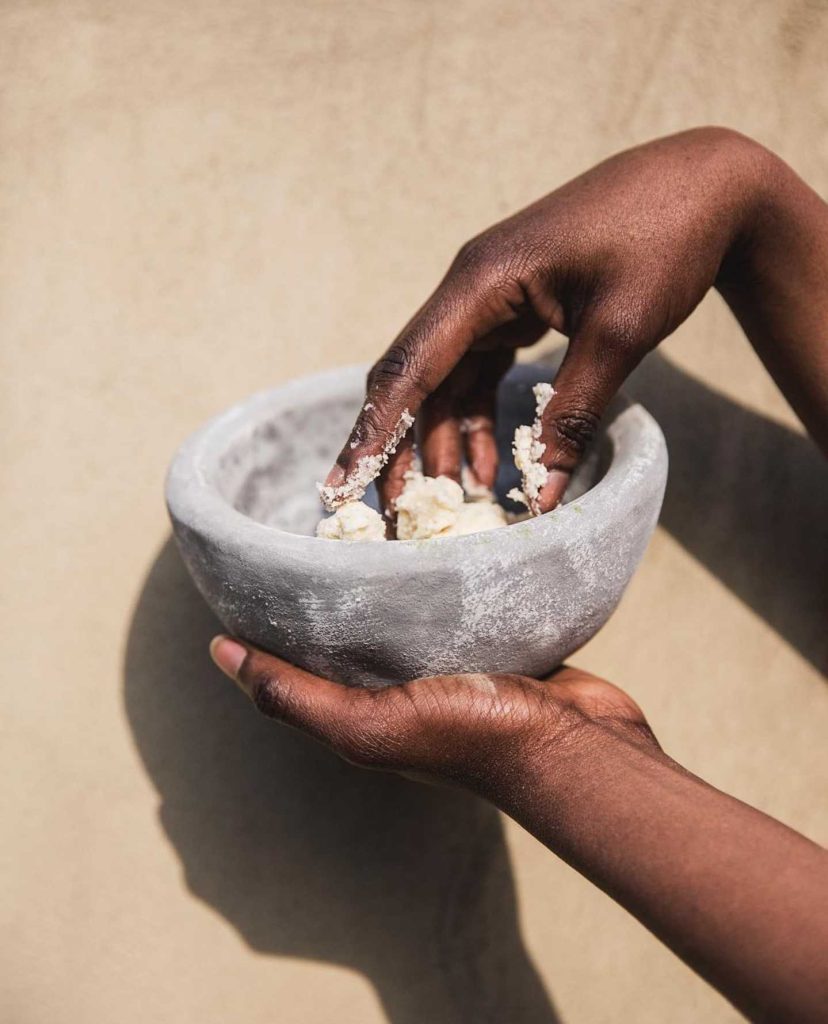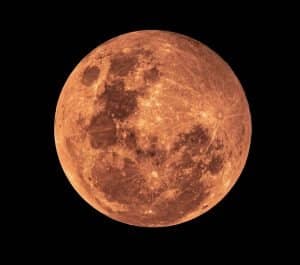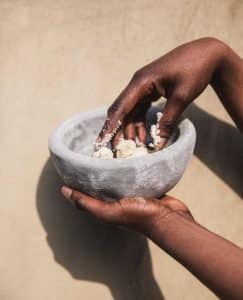
MamaSia’s Top 10 Tips for National Relaxation Day
August 15th is National Relaxation Day and here are MamaSia’s 10 Top Tips to help you relax on this much needed self care day.

Let’s begin by discussing the origins of Shea butter: The maturity and fruiting period of the Karite tree can span up to 50 years. These fruits contain seeds, and the seeds contain what are known as Shea nuts. The process of creating Shea butter begins with these nuts. The short version of the procedure is that it can take up to two weeks to deshell the seeds, dry them in the sun, roast, pound, scrape, mix with water, boil, and separate the butter from the oil. Videos of the procedure are available on our YouTube Channel
Shea butter is an especially powerful moisturising agent particularly because contains so many fatty acids,which are essential for maintaining skin suppleness and hydration. Shea butter’s high fatty acid content also makes it a great addition to massage oils, soaps, shampoos, anti-aging creams, cosmetics, and lotions because of its buttery, smooth feel that easily absorbs into the skin.
Shea butter shields the skin from harm caused by free radicals and the environment. It has antibacterial and anti-inflammatory qualities, and it contains vitamins A and E.
The benefits of unrefined Shea butter include the preservation of all of its natural vitamins, including vitamins A and E. Nevertheless, Shea’s natural odour might be a little unpleasant, though it goes away quickly once it is applied to the skin. Additionally, ultra-refined and refined Shea butter is available. Both of these varieties have a more aesthetically pleasing consistency, colour, and aroma, but the vitamin potency may be reduced throughout the refining process. Stretch marks, dermatitis, psoriasis, burns, blisters, and scars respond well to Shea butter treatment. By boosting circulation, encouraging cell regeneration, and moisturising the skin, it may also help reduce wrinkles. Cinnamic acid, another ingredient in Shea butter, aids in protecting the skin from damaging UV radiation.
How does Shea Butter benefit my skin?
Shea butter contains vitamins A, E, and F that nourish the skin. The maintenance of clear, healthy skin is aided by the vitamins A and E. They are very beneficial for skin affected by the sun. They aid in delaying the onset of face lines and wrinkles. Vitamin F is a skin regenerator and protector. It helps soften dry or damaged hair and calms rough, dry, or chapped skin. Shea butter has a lot of unsaponifiables, which are fat particles. There are 7–12% unsaponifiables in Shea butter. In contrast, avocado oil, a popular moisturiser for skin, contains two to six percent. One of the qualities that makes Shea Butter particularly beneficial in treating the illnesses mentioned above is its high quantity of unsaponifiables.
Furthermore, Shea Butter readily absorbs into the skin, letting it breathe and preventing pore clogging. High concentrations of cinnamic acid, a natural sunblock, are found in Shea butter. Thus, it offers some level of sun protection. Shea butter helps relieve rheumatism since it has anti-inflammatory properties as well.
Is all Shea Butter the same?
Not all Shea butter is created equal. Techniques for refining will differ. Shea butter that has been treated too much will not work as well. Shea butter’s advantages are occasionally diminished when it is combined with other substances. Then there are items that list “Shea Butter” prominently on the label but add very little of it. Although Shea Butter is not very costly, you should be wary of items that are extremely inexpensive but purport to offer Shea Butter’s advantages. A lot of producers are cashing in on the popularity of Shea butter by hinting that their product will benefit from a small amount of Shea butter added to it.
Its important to be aware that very old Shea butter is less useful, especially after two years, as it loses some of its healing characteristics while it is stored.
With all these benefits and features that nature has to offer put some love back into your skin and hair and shop our pure natural Shea butter now!
https://mama-sia.com/product/shea-wonder/

August 15th is National Relaxation Day and here are MamaSia’s 10 Top Tips to help you relax on this much needed self care day.

Venus is often referred to as the “planet of love” due to its association with romance, beauty, and aesthetics in astrology and mythology. In astrology,

Let’s begin by discussing the origins of Shea butter: The maturity and fruiting period of the Karite tree can span up to 50 years. These

All hair needs restoration, especially as we approach summer. Sometimes our hair can be left looking dull, especially when there has been too much water
From Larabanga, Ghana to London, UK we are helping our communities, especially women, by acting in a socially responsible way and through our objectives to Share, Inspire and Assist.

Copyright @ MamaSia Ltd
View our privacy policy